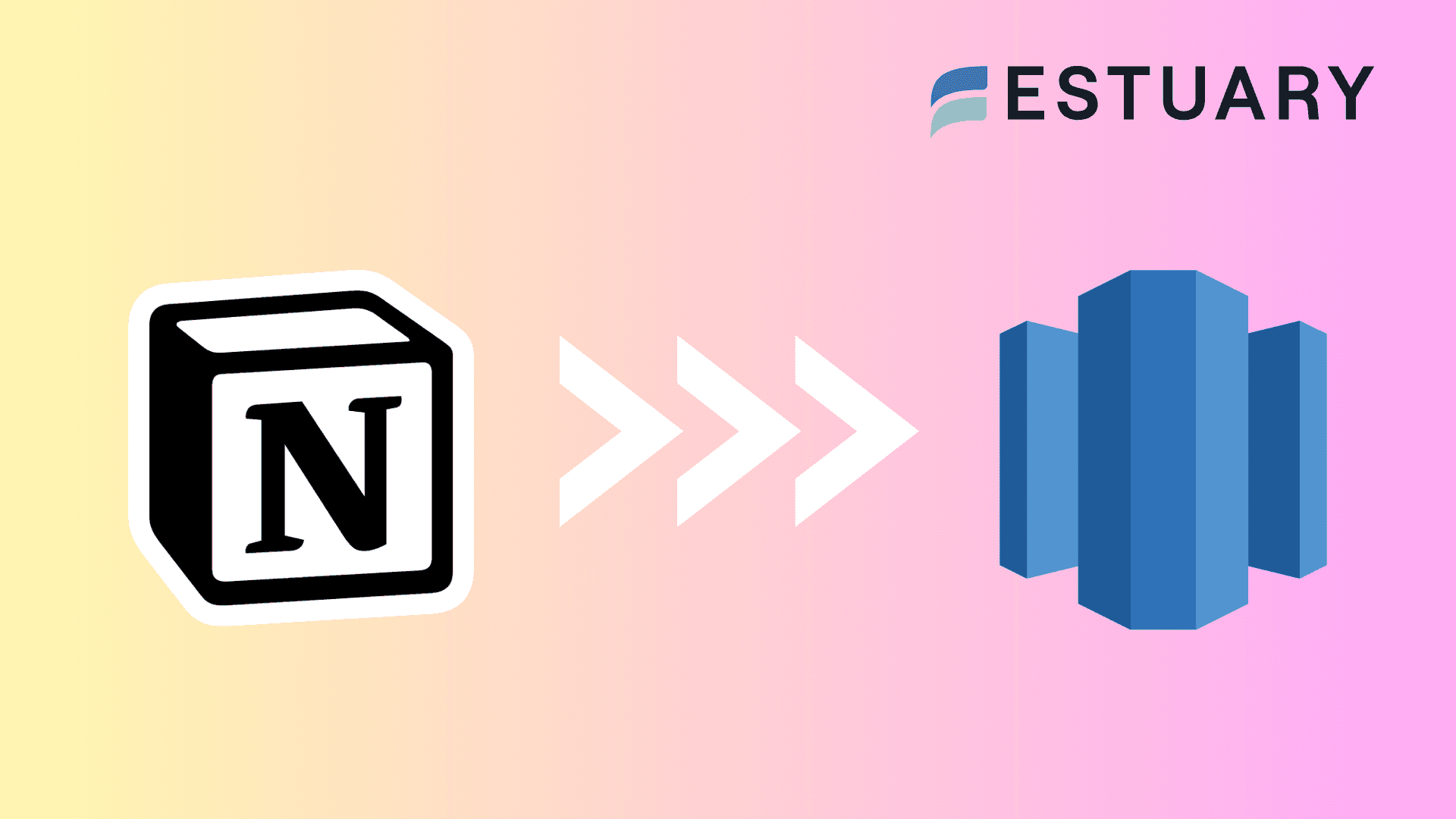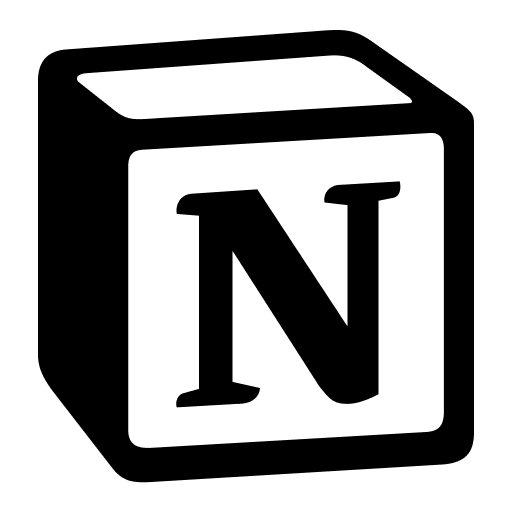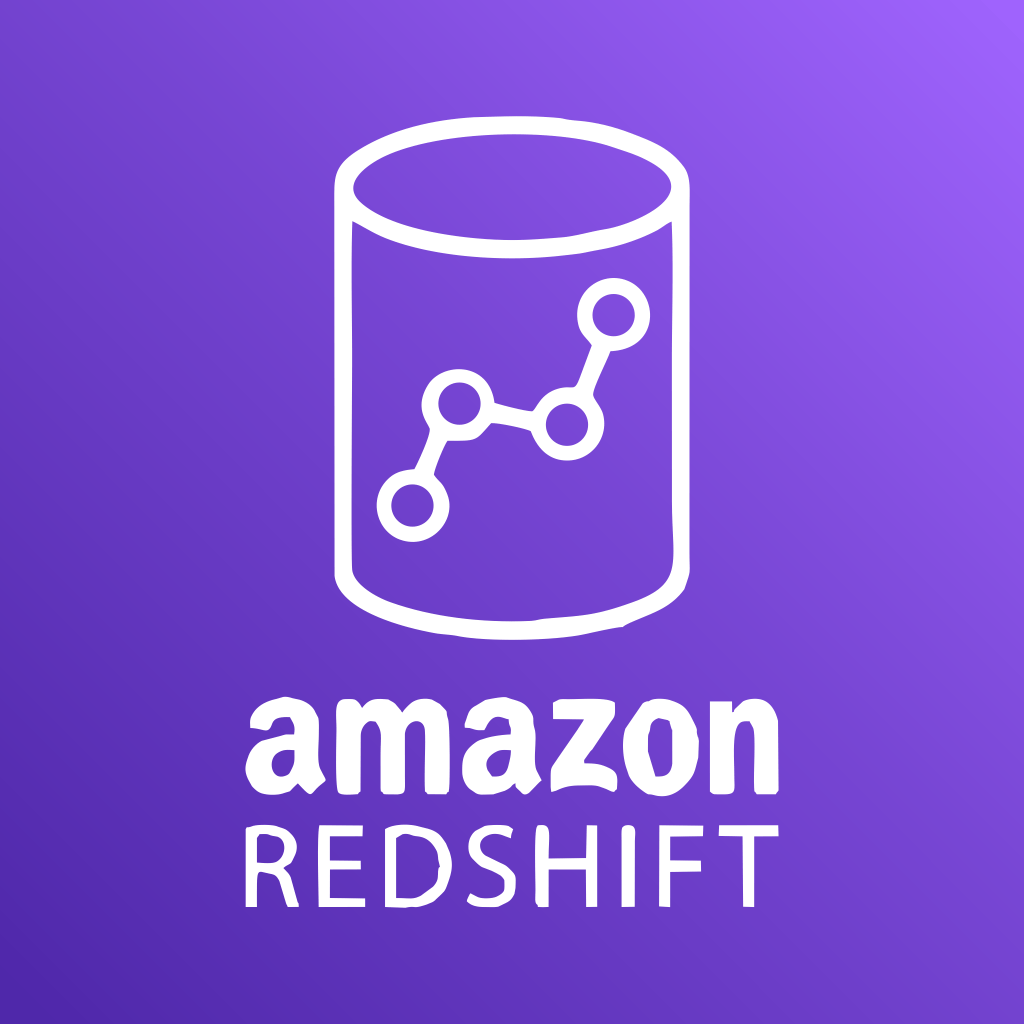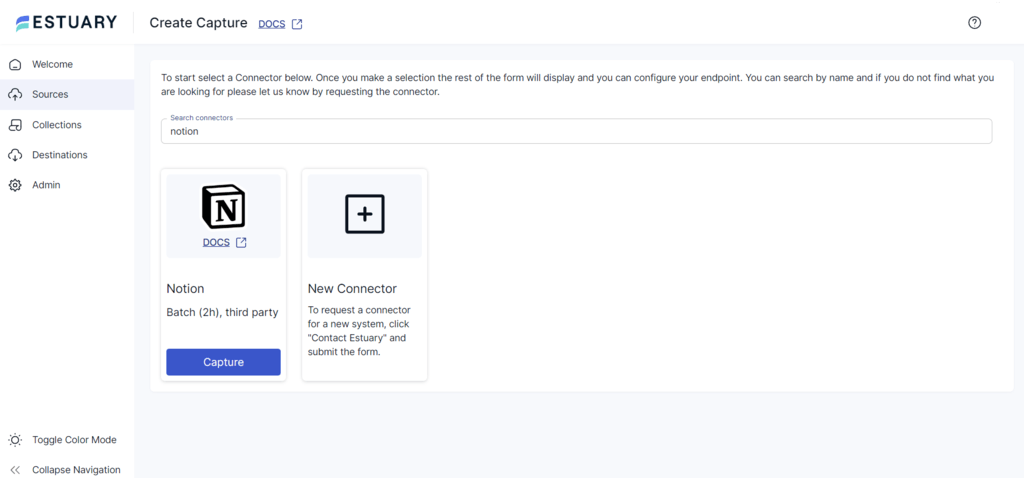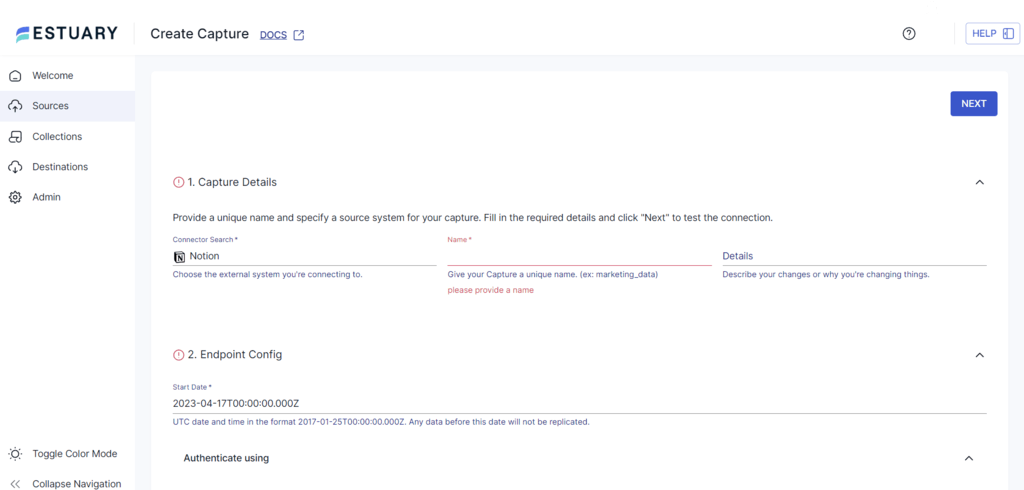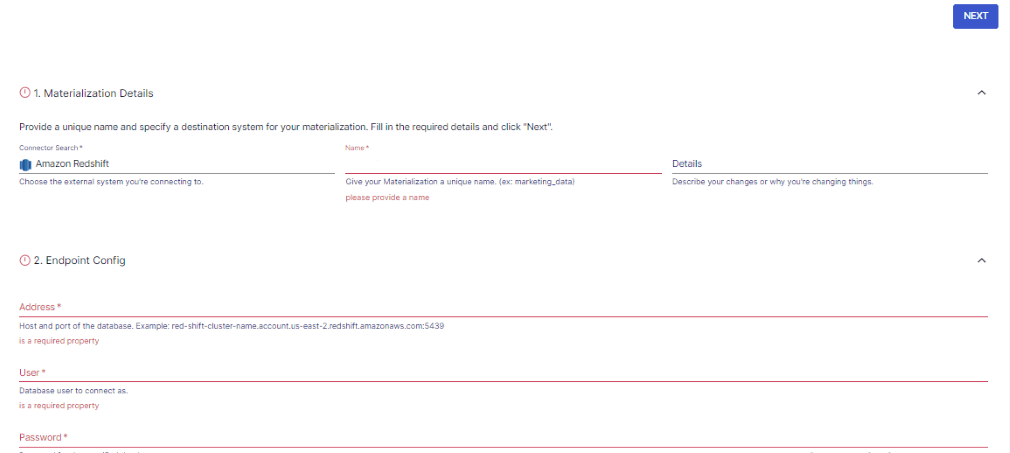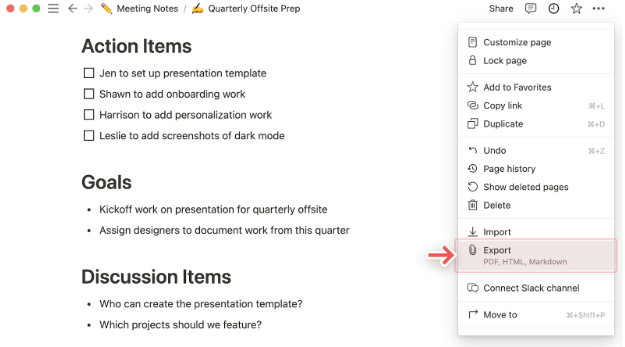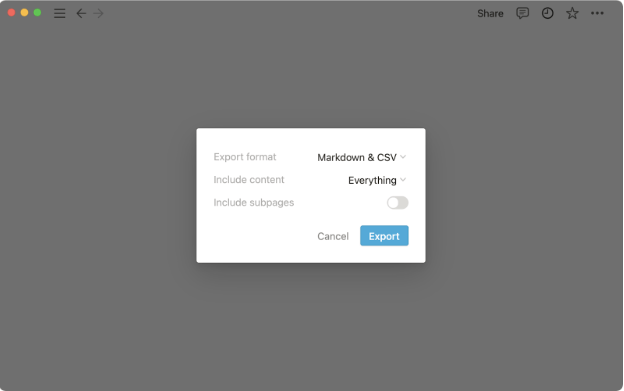
Notion is a widely used productivity platform, valued by organizations for its robust task and project management capabilities. However, while Notion excels at organizing information and tasks, it is not designed to handle large-scale datasets essential for in-depth analysis and actionable insights.
To overcome this limitation, migrating data from Notion to Amazon Redshift is crucial for enhancing data-driven decision-making.
In this article, we’ll guide you through two of the most effective methods to connect and load data from Notion into Redshift, enabling seamless data integration and optimized analytics.
If you're already familiar with these tools, jump straight to the methods on how to connect and load data from Notion to Redshift.
An Overview of Notion
Notion is a powerful workspace platform that helps teams organize and manage work efficiently, offering an intuitive interface and strong collaboration features. It’s ideal for tasks like note-taking, scheduling, and project management.
Notion also integrates seamlessly with other tools, either through native apps or custom solutions built using the Notion API. For data engineers, this means automating the flow of data from your company’s knowledge base into analytical databases, enabling centralized analysis of project progress, team performance metrics, and task completion rates. However, Notion isn’t designed for large-scale data storage or complex queries, making integration with a robust database like Amazon Redshift essential.
An Overview of Amazon Redshift
Amazon Redshift is a fully managed, petabyte-scale cloud data warehousing service tailored for high-performance data analytics. Its massively parallel processing (MPP) architecture allows for the swift execution of complex queries across large datasets, enabling organizations to gain comprehensive insights that drive informed decision-making.
Key features of Amazon Redshift include:
- Columnar Data Storage: Redshift stores data in a columnar format, minimizing disk I/O and boosting query performance. This format allows you to read only the necessary columns for analysis, rather than the entire dataset, leading to faster data retrieval.
- Query Caching: Redshift enhances system performance by caching the results of certain queries in memory. When a query is executed, Redshift checks the cache first; if a match is found, it retrieves the result instantly, significantly reducing query execution times.
- Serverless with AI-driven Optimization: Redshift offers a serverless option that uses AI-driven optimization to automatically scale analytics workloads. This allows you to run large-scale analytics without the need to manage server infrastructure.
Why Ingest Notion into Redshift?
Ingesting data from Notion into Amazon Redshift unlocks a range of benefits that can significantly enhance your data analytics capabilities. Here are some of the key advantages:
- Performing Complex Queries: Redshift allows you to perform advanced queries on datasets, including those from project management or sales and leads. Leveraging Redshift’s robust analytical engine, you can use it as the backend for a BI tool like Quicksight or Tableau to generate deep insights and create visually appealing dashboards that support data-driven decision-making far beyond Notion’s native capabilities.
- Scalability: Notion is excellent for productivity, but its data processing capabilities are limited. Redshift offers extensive scalability, enabling you to handle growing data volumes and increasing complexity with ease. This scalability is vital for organizations looking to integrate more sophisticated data workflows.
- Enhanced Data Storage: Notion isn’t built to serve as a comprehensive data storage solution. Redshift provides centralized, secure data storage tailored to your organization’s needs, facilitating effective data management, security, and compliance.
- Ease of Integration: Using a tool like Estuary Flow simplifies the integration process, allowing your technical teams to connect Notion and Redshift seamlessly. This ease of integration reduces the need for extensive custom coding, saving time and resources.
2 Effective Methods for Connecting Notion to Redshift
Here are two proven methods for ingesting data from Notion into Redshift:
- Method 1: Use Estuary Flow to Ingest Notion into Redshift
- Method 2: Create a CSV Export from Notion and Ingest it Manually into Redshift
Method 1: Use Estuary Flow to Ingest Notion into Redshift
Low-code data integration platforms like Estuary Flow can streamline your ETL processes by enabling real-time data transfers. This section outlines how you can efficiently ingest Notion into Redshift without extensive coding expertise.
Before discussing the steps, let’s look at some of the advantages of using Estuary Flow for data integration.
Benefits of Estuary Flow
- Pre-built, No-Code Connector Library: Estuary Flow offers 200+ pre-built connectors, making it easier to move data from all of your sources to your desired destination. This vast range of no-code connectors simplifies integration processes, allowing you to connect platforms like Notion and Redshift without writing a single line of code.
- Change Data Capture (CDC): Estuary Flow utilizes a CDC algorithm that captures any modifications in the source data and reflects these changes in the destination. You can view changes made to your Notion page in your Redshift cluster in real-time. This facilitates efficient decision-making in dynamic business environments.
- Ease of Integration: Estuary Flow removes the need for manual intervention in the integration process. With just a few clicks, you can seamlessly transfer your data from Notion into Amazon Redshift, saving your engineering team valuable time and reducing the risk of errors.
Here are the steps to migrate data from Notion to Redshift using Estuary Flow.
Prerequisites
- Notion API Integration:
- Requirement: Ensure that your Notion account is configured with API access. This involves creating an integration within Notion and obtaining the necessary API token.
- Steps: Set up a Notion integration and assign the integration access to the necessary pages or databases you wish to sync with Redshift.
- Requirement: Ensure that your Notion account is configured with API access. This involves creating an integration within Notion and obtaining the necessary API token.
- Amazon Redshift Cluster:
- Requirement: A running Amazon Redshift cluster that is accessible and properly configured with the necessary permissions.
- Steps: Ensure your Redshift cluster is set up with appropriate security groups, users, and roles to allow data ingestion.
- Requirement: A running Amazon Redshift cluster that is accessible and properly configured with the necessary permissions.
- Network and Security Configurations:
- Requirement: Proper network configuration to allow secure communication between Notion, Estuary Flow, and Redshift.
- Steps: Verify that your Redshift cluster is accessible over the internet, and ensure your Estuary Flow account can connect securely to both Notion and Redshift.
- Requirement: Proper network configuration to allow secure communication between Notion, Estuary Flow, and Redshift.
- An Estuary Account
Step 1: Configure Notion as the Source
- Sign in to your Estuary account. If you don’t have an account, sign up for free. You get 2 connectors and 10gb/month free forever, or start a 30-day free trial trial on our Cloud tier which gives you unlimited connectors, data stored directly in your cloud, and a guaranteed 99.9% uptime SLA.
- Once on the dashboard, click on Sources from the left navigation pane and click + NEW CAPTURE.
- A Create Capture page will appear. In the Search connectors field, type Notion.
- Click the Capture button of the Notion connector.
- You will be redirected to the Notion connector configuration page. Provide a unique Name for the capture and mention the desired Start Date.
- Use either the OAUTH2.0 or the ACCESS TOKEN options to authenticate your Notion account.
- Finally, click NEXT > SAVE AND PUBLISH.
The connector will capture your Notion data via the Notion API into Flow collections.
Step 2: Configure Amazon Redshift as the Destination
- After successfully capturing data from Notion, you will see a capture summary pop-up window. In this window, click on the MATERIALIZE COLLECTIONS option.
Alternatively, navigate to the dashboard and click on Destinations > + NEW MATERIALIZATION.
- A Create Materialization page will appear. Search for Redshift using the Search connectors box.
- Click on the Materialization button of the Amazon Redshift connector.
- This will redirect you to the Redshift connector configuration page. You must fill in all the mandatory fields, including Name, Address, User, Password, and others.
- If the source collection of your Notion data isn’t automatically added to the materialization, use the Source Collections section to manually add it.
- Click on NEXT > SAVE AND PUBLISH.
The connector will materialize Flow collections of your Notion data into tables in your Redshift database.
Method 2: Create a CSV Export from Notion and ingest it manually into Redshift
This section shows an alternative method of ingesting data from Notion to Redshift using CSV files. Here are the steps that you can follow to perform this integration:
Prerequisites:
- Notion Account with Export Permissions: Access to the Notion workspace and the specific pages or databases you want to export.
- Data Prepared in Notion: Organized data within Notion, ideally in tables or lists, ensuring it’s ready for export.
- Access to Amazon Redshift and SQL Client: An operational Redshift cluster and a SQL client (e.g., pgAdmin, SQL Workbench/J) with proper credentials.
- Table Structure in Redshift: Predefined table structures in Redshift that match the schema of your Notion CSV data.
- Data Mapping and Transformation Planning: Understanding of how the CSV data will map into Redshift tables, including any necessary transformations.
- Access to S3 (Optional for Large Data Sets): An S3 bucket and the necessary IAM roles for uploading and using the COPY command if handling large datasets.
- Network and Security Configurations: Proper network settings and security groups allowing access to the Redshift cluster for data loading.
Step 1: Export Data from Notion into a CSV File
Notion provides an option to export full-page databases to a CSV file
- Log in to your Notion account and navigate to the page you want to export. Click on the triple dots icon at the top right corner and click Export from the available options.
- In the pop-up window that appears, you can choose the format for the export and whether to include sub-pages.
- Select Markdown & CSV from the dropdown menu.
- Click Export to download your data. The downloaded data will be in the form of a zip file.
- Provide an appropriate name for the file, and save it locally where you can easily access it.
Step 2: Upload Data to Amazon S3
To upload data into Amazon S3, follow these steps:
- Sign in to the AWS Management Console and follow the steps below to create an S3 bucket.
- Choose Buckets from the left navigation page.
- Select Create bucket from the available options.
- Enter Bucket type, Bucket name, and other mandatory fields.
- Click on Create bucket.
- Optional: Navigate to your newly created bucket and create a folder.
- Inside the bucket or folder, click Upload > Add files. Upload the file from your local system, and click Upload.
Step 3: Import the File to Amazon Redshift
The last step requires loading the data from S3 into Amazon Redshift. Ensure you have a Redshift cluster ready for the data import.
Here are the steps to move data from S3 to Redshift:
- Using the CREATE TABLE command in the query editor, create a table in Redshift that matches your Notion data format.
Here’s a sample command to create a table named users:
plaintextCREATE TABLE users (
id INTEGER primary key, -- Auto incrementing IDs
name character varying, -- String column without specifying a length
created_at timestamp without time zone -- Always store time in UTC
);- After creating a table, you can load the data inside the Redshift table users with the COPY command:
plaintextCOPY users (column_list)
FROM <s3_bucket>
IAM_ROLE <credentials>]
FORMAT AS CSVReplace the <placeholder> values with original information.
This simple three-step process will ingest your selected Notion data into Redshift.
While exporting data from Notion and loading it into Amazon Redshift using CSV files may seem straightforward, this method presents several challenges that can significantly impact both business operations and the workload of data engineers:
- Manual Process and Lack of Automation: This method requires data engineers to manually export, transfer, and import data at each stage. The lack of automation increases the risk of human error, leading to potential data inconsistencies that can undermine the reliability of your analytics. Additionally, the manual nature of the process demands ongoing attention and maintenance, diverting data engineers from more strategic tasks.
- No Real-Time Data Integration: The CSV export/import method does not support real-time data integration, meaning that any changes in Notion are not immediately reflected in Redshift. Data engineers must manually update the dataset, which not only delays access to the latest data but also risks using outdated information in critical business decisions. This limitation can slow down the decision-making process and reduce the responsiveness of the organization.
- Time-Intensive and Resource-Heavy: Manually handling data transfers from Notion to Redshift can be highly time-consuming and resource-intensive, especially for large or complex datasets. Data engineers must allocate significant time to prepare, export, and import data, which can lead to inefficiencies and increased operational costs. Over time, maintaining this kind of system becomes a burden, as the repetitive manual processes accumulate, limiting the team's capacity to focus on innovation and optimization.
Key Takeaways
- Unlock Insights: Loading data from Notion into Redshift allows you to analyze your project management data, generating actionable insights that drive data-driven decision-making.
- Data Teams that want to scale use Estuary Flow: SaaS-based tools like Estuary Flow offer a more efficient alternative. With features like enhanced scalability, ease of integration, and access to 200+ pre-built connectors, Estuary Flow simplifies the data integration process, reducing redundancy, and saving time and effort for your team.
- CSV Export/Import Method: While you can use the CSV export/import method to transfer data from Notion to Redshift, this approach has significant limitations, including being time-consuming, resource-intensive, and lacking real-time integration capabilities.
FAQs
How can ingesting Notion with Redshift transform your approach to data-driven decision-making?
Ingesting Notion with Redshift allows you to unify your project management data with other organizational data, enabling comprehensive analysis and more informed business decisions. This integration can uncover new insights, improve resource allocation, and enhance overall strategic planning and execution.
In what ways does Estuary Flow redefine the ingestion process between Notion and Redshift for modern data teams?
Estuary Flow goes beyond simplifying the ingestion process by offering a low-code platform with over 200 pre-built connectors, including those for Notion and Redshift. This allows data engineers to automate data transfers, ensure real-time synchronization, and focus on higher-level strategic tasks rather than routine data management. The platform’s ease of use and flexibility can lead to significant efficiency gains and foster innovation within data teams.
What are the hidden pitfalls of scaling a Notion-Redshift ingestion, and how can they be proactively addressed?
Scaling a Notion-Redshift ingestion can present challenges such as Notion's limitations with large datasets and Redshift's need for structured data. As data volume increases, manual methods like CSV export/import become inefficient and prone to errors. Estuary Flow mitigates these issues by providing automated, scalable solutions that adapt to growing data needs, ensuring seamless integration and reducing the burden on engineering resources.
How does Redshift handle real-time data integration from Notion?
Redshift does not natively support real-time data integration from Notion. However, by using Change Data Capture (CDC) tools like Estuary Flow, you can achieve near-real-time updates from Notion to Redshift. This allows for timely analysis and decision-making, ensuring that your data is always current and reliable.
Why should data engineers consider alternatives to the CSV export/import method for Notion-Redshift integration?
The CSV export/import method is manual, lacks automation, and cannot support real-time data integration, leading to increased maintenance overhead, data inconsistency risks, and slower response times to business needs. Tools like Estuary Flow offer automated, scalable solutions that enhance data accuracy, reduce manual effort, and provide more timely data updates, allowing data engineers to focus on more strategic initiatives.

About the author
Dani is a data professional with a rich background in data engineering and real-time data platforms. At Estuary, Daniel focuses on promoting cutting-edge streaming solutions, helping to bridge the gap between technical innovation and developer adoption. With deep expertise in cloud-native and streaming technologies, Dani has successfully supported startups and enterprises in building robust data solutions.
Popular Articles





